Taking advantage of an abandoned pig farm in his garden, young farmer Nguyen Tuan Hiep in Quang Son commune, Ninh Son district ( Ninh Thuan ) has converted it into a commercial frog farm that brings high economic efficiency. On average, each month, Mr. Hiep earns 15 - 20 million VND by selling frog meat and frog seeds to the market.
Effectiveness of commercial frog farming in Ninh Thuan
At the end of October 2024, Dan Viet reporters had the opportunity to return to Quang Son commune, mountainous Ninh Son district (Ninh Thuan) to witness the "model" of raising frogs in a cement tank of young farmer Nguyen Tuan Hiep (born 1992) in La Vang village.
This is the first frog farming model in the purely agricultural locality of Quang Son commune, Ninh Son district, Ninh Thuan province.
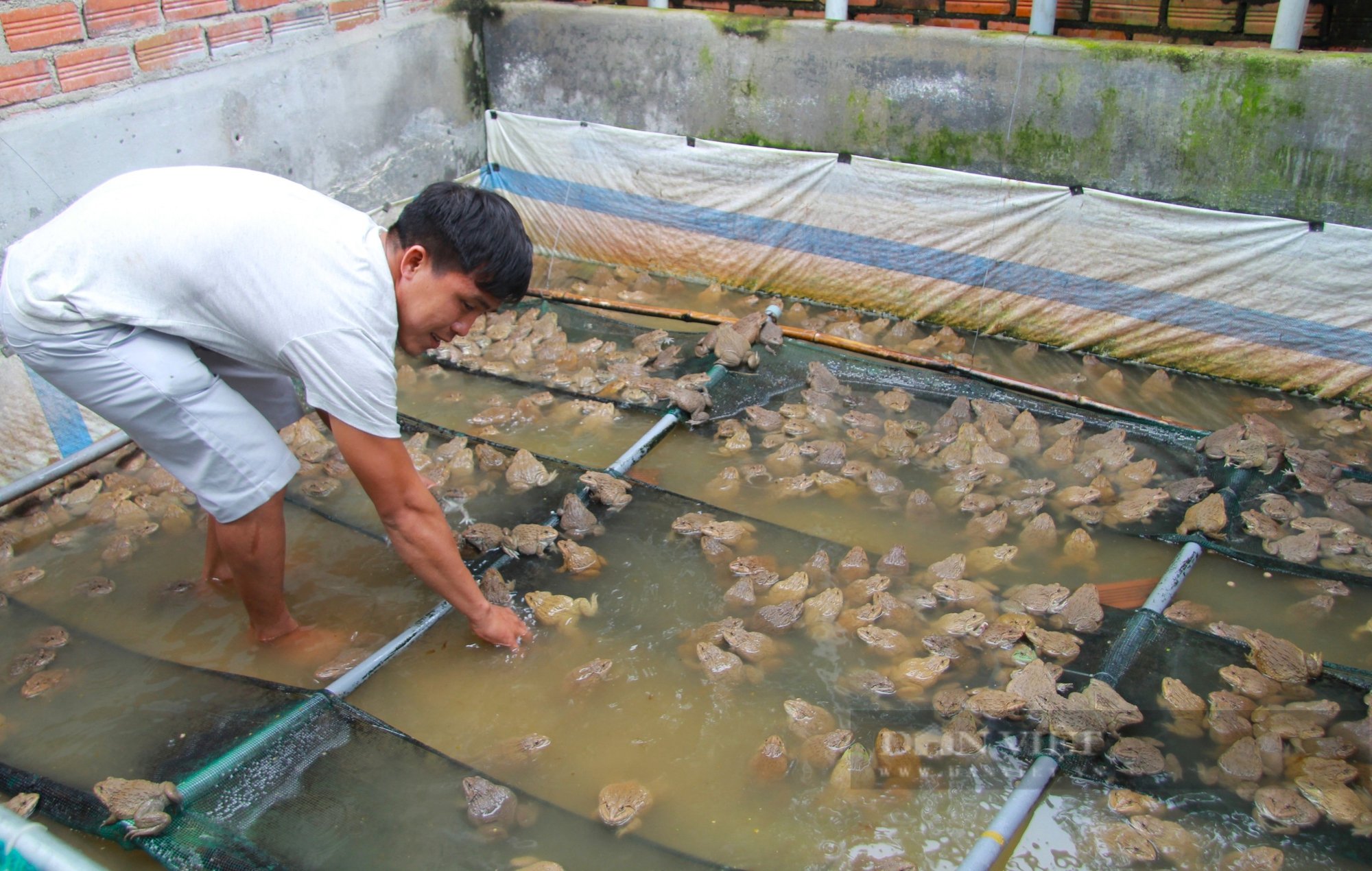
A cement tank converted from a long-abandoned pig pen to raise commercial frogs by Mr. Nguyen Tuan Hiep's family in Quang Son commune, Ninh Son district (Ninh Thuan). Photo: Duc Cuong.
Showing us around his frog farm, Mr. Hiep said that frogs are easy to raise, require low investment capital but have a very large market demand.
If well cared for, farmed frogs will weigh 3-5 frogs/kg and will be purchased stably in the market at a price of 45,000 VND/kg.
According to Mr. Hiep, nearly 2 years ago, during a visit to agricultural models in the southwestern provinces, he learned about the model of raising commercial frogs in cement tanks. Realizing the economic efficiency of raising frogs, Mr. Hiep decided to renovate his family's 4 abandoned pig pens to raise frogs for meat.
Thanks to good care, after nearly 3 months of raising, the frogs have grown well with enough weight and size to fill the cage. After each batch, Mr. Hiep selects healthy male and female frogs to be the parents. When the weather is warm and sunny, the frogs will lay eggs to breed in a pillow-style.
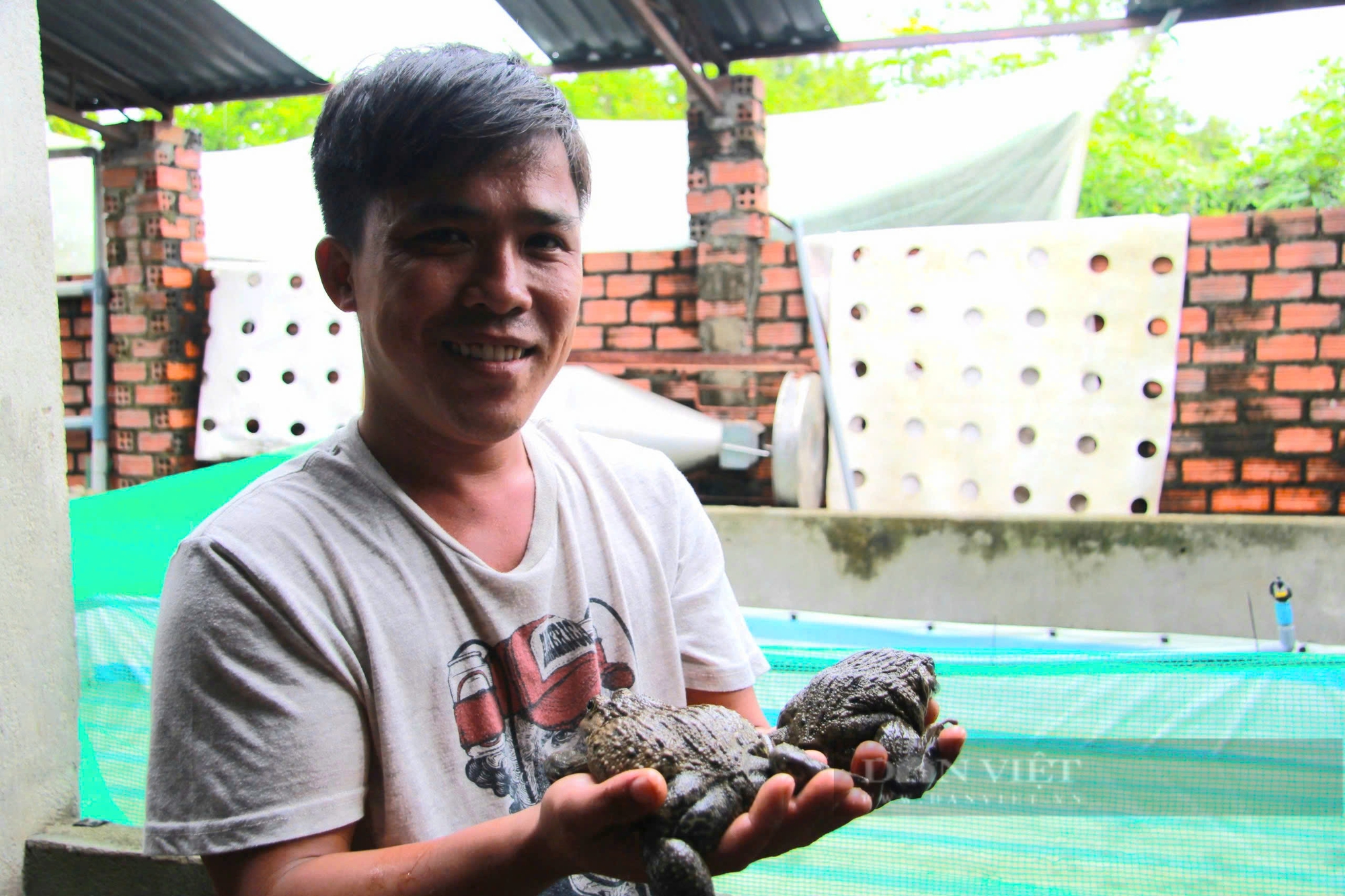
Young farmer Nguyen Tuan Hiep, Quang Son commune, Ninh Son district (Ninh Thuan province) has a much better income thanks to raising frogs. Photo: Duc Cuong.
"During the entire farming process, the frogs' main food is mainly bran. Farmers must proactively prevent diseases regularly to keep the frogs healthy and reduce losses compared to the beginning. Currently, the family's frog farm does not use growth stimulants, so the output products are very safe...", said Mr. Hiep.
Currently, Mr. Hiep raises frogs all year round. Each batch, Mr. Hiep raises more than 3,000 - 5,000 commercial frogs, supplying the market with an average of 400 - 500 kg of frog meat per month.
"With a stable selling price of 45,000 VND/kg, after deducting all costs and care, each month Mr. Hiep has a stable income of about 20 million VND, much higher than other local livestock breeds...", Mr. Hiep said.
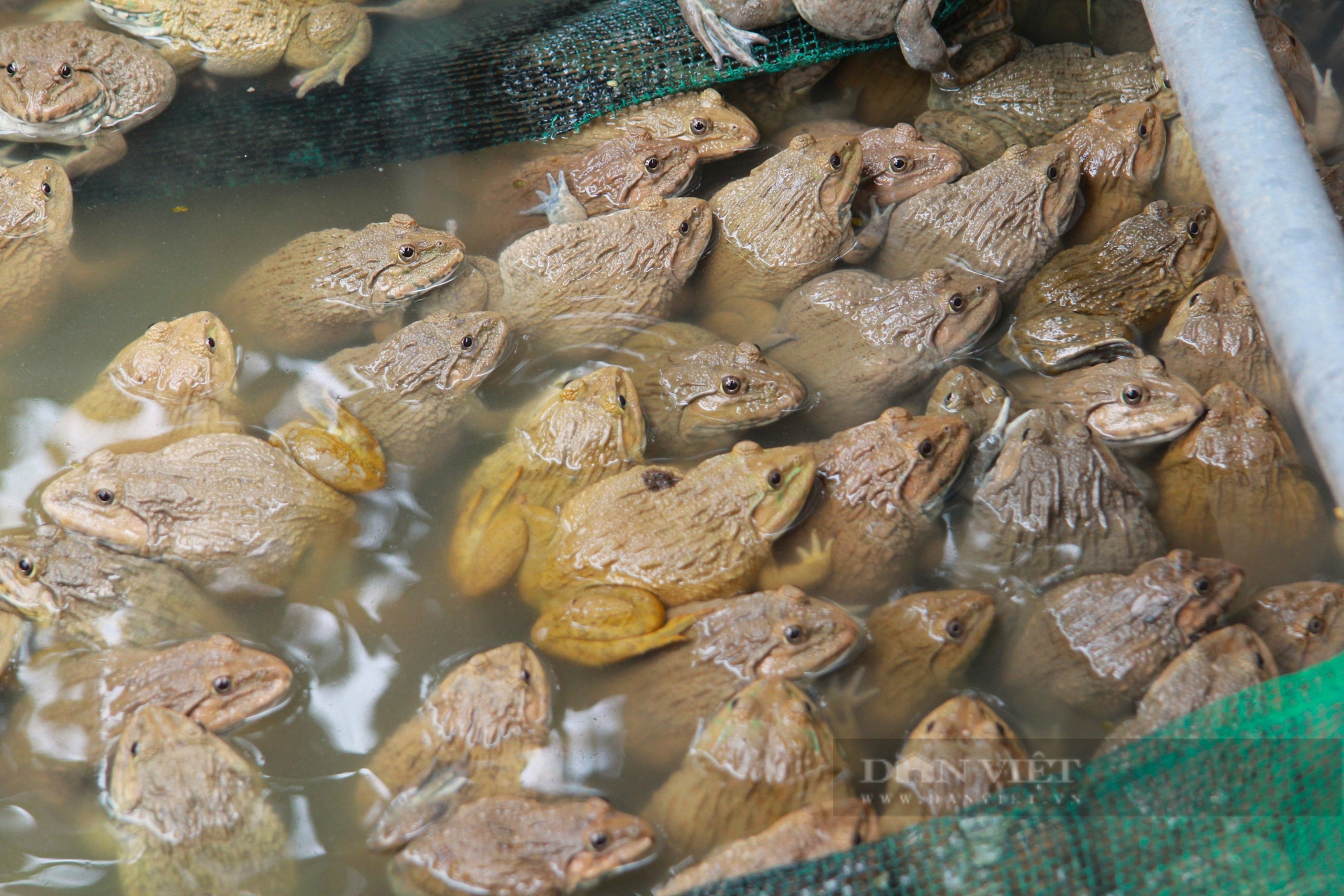
Commercial frogs ready to be sold. Photo: Duc Cuong
Frogs - new pets in the sunny and windy Ninh Thuan region
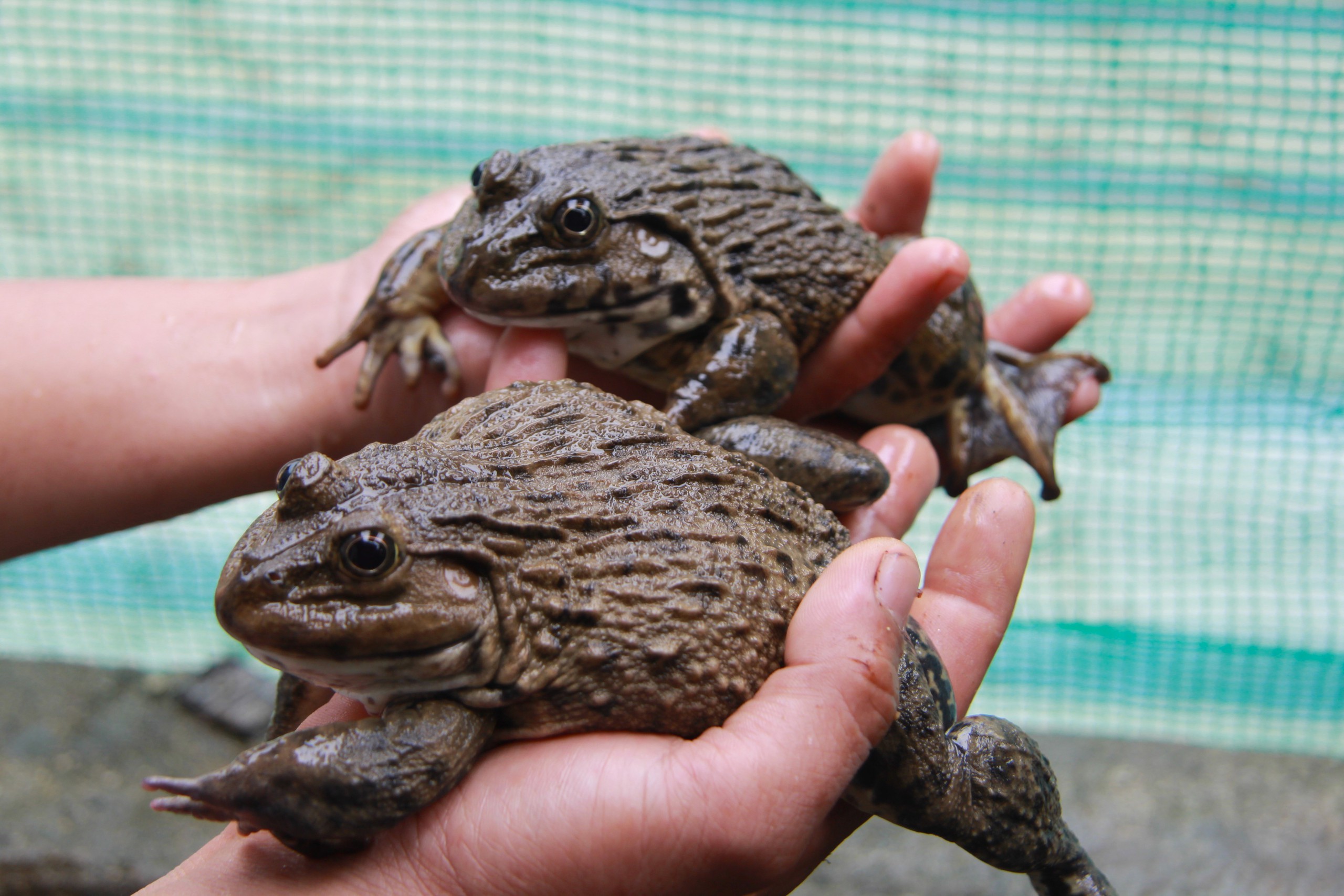
The breeding frog pair is raised to lay eggs for reproduction. Photo: Duc Cuong
Currently, Mr. Nguyen Tuan Hiep's frog farm at home always maintains a number of about 10,000 frogs. All are raised in a closed model, self-breeding frogs to develop a commercial frog herd. In addition, Mr. Hiep also provides frog breeds to farmers in the province to increase income.
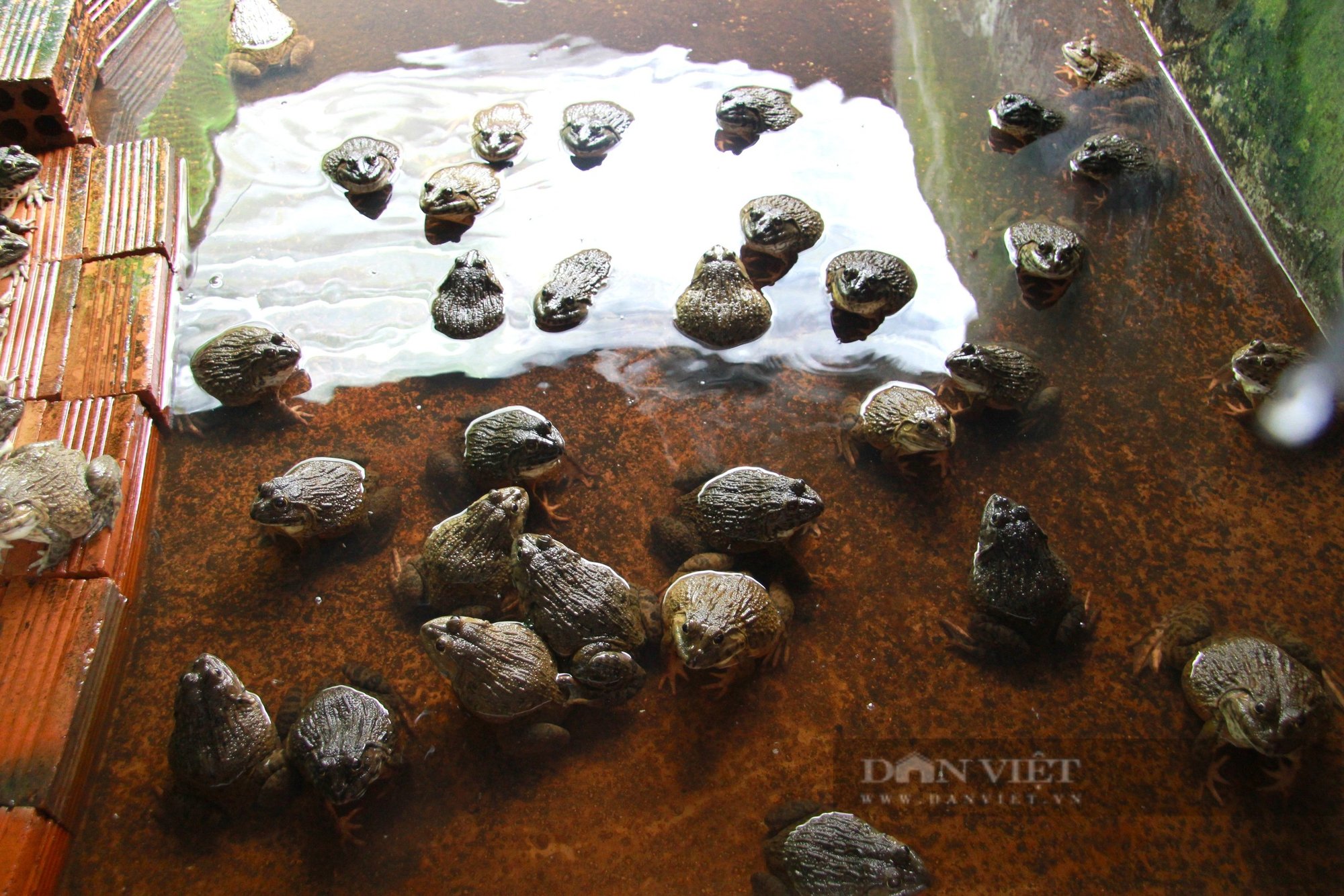
Parent frogs are raised separately for breeding. Photo: Duc Cuong
According to Mr. Hiep, breeding frogs is not difficult, the main thing is to overcome the temperature factor. If the weather is warm and sunny, the eggs will hatch evenly and reach the desired number of offspring compared to when it rains.
"When releasing frogs, you should release them when the weather is cool, not when it is sunny, as this can easily lead to heat shock, affecting the survival rate. The selling price of frogs after hatching for nearly a month is about 1,000 VND/frog. On average, each month the family sells about 2,000 - 5,000 frogs, and at peak times it can be much higher...", said Mr. Hiep.
According to Mr. Hiep, to raise frogs effectively, farmers can take advantage of abandoned livestock pens. Raising frogs in cement tanks (lined with tarpaulin) helps farmers take advantage of available land, limit pathogens, and make care and management easier.
In addition, breeders must know the biological characteristics and how to detect and prevent some common diseases of frogs such as swollen body, watery diarrhea, bloating, intestinal infections, scabies... to treat and prevent diseases.
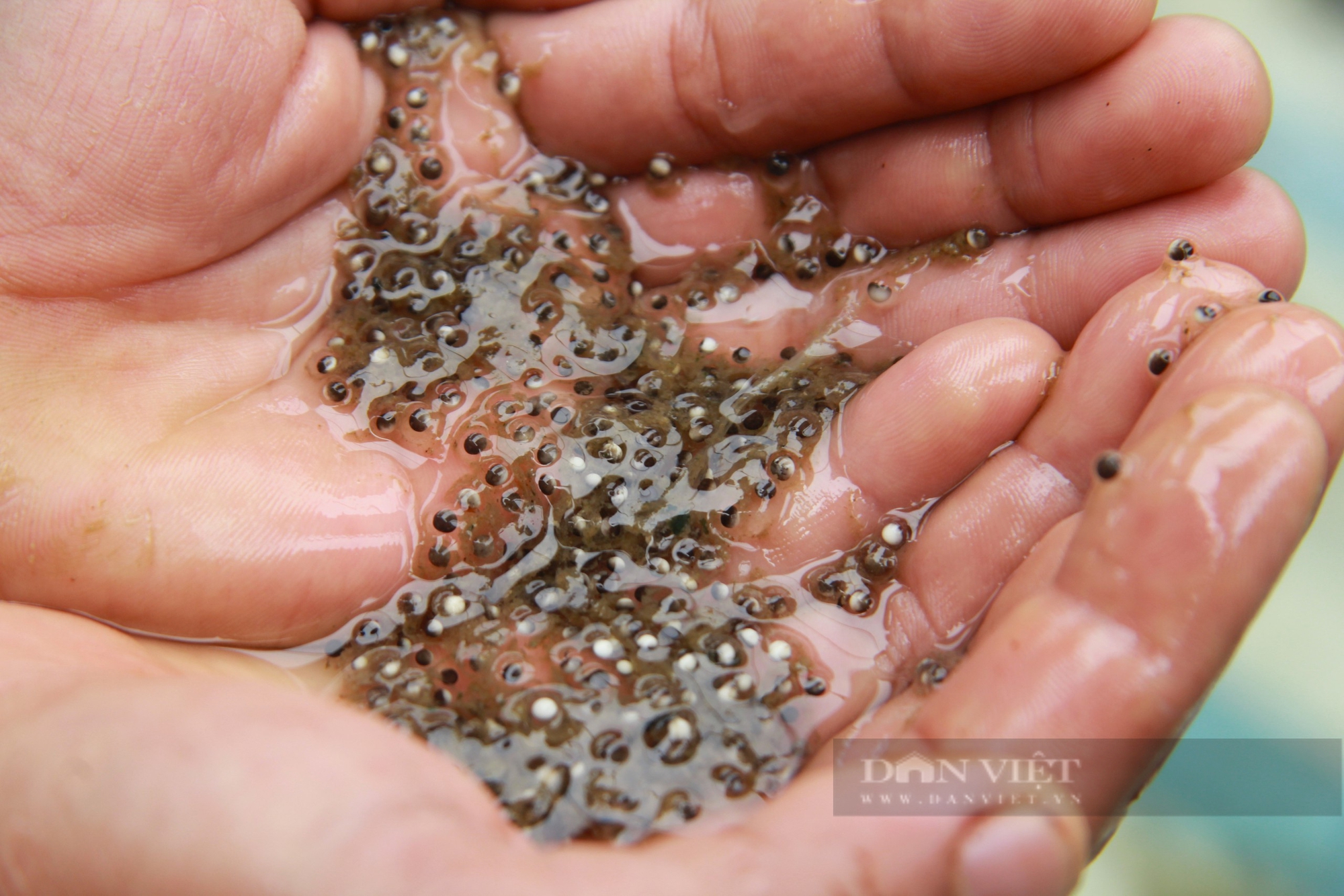
Frog eggs are in the process of hatching into tadpoles. Photo: Duc Cuong
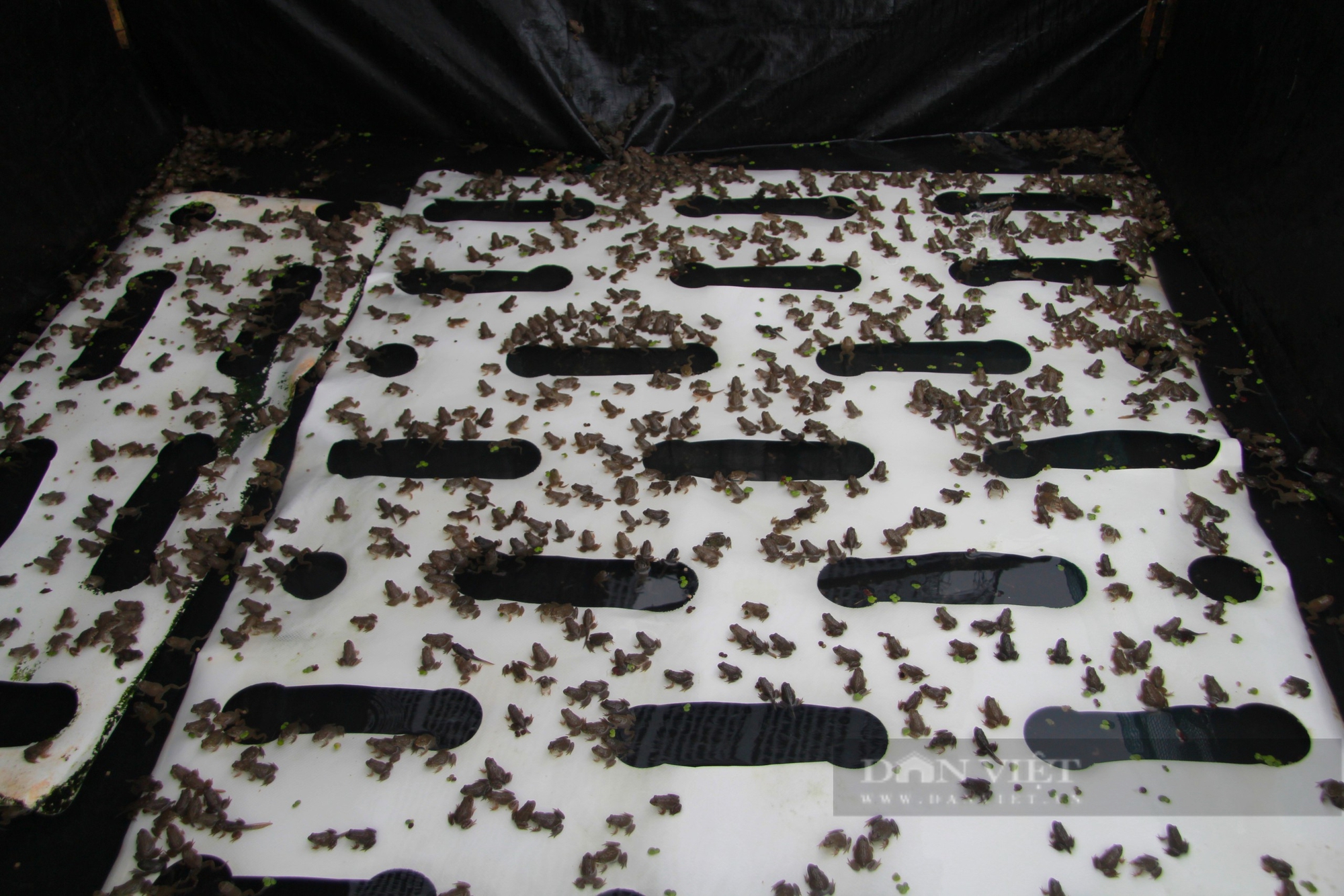
Nearly 1 month old frogs ready to be sold on the market. Photo: Duc Cuong
Mr. Nguyen Tuan Hiep's model of raising commercial frogs and frog breeds not only creates an effective source of income but also meets the demand for healthy and safe frog breeds. Mr. Hiep is also willing to share his experience in raising frogs, thereby opening up new livestock species that bring high economic efficiency to many local farmers.
Source: https://danviet.vn/nuoi-ech-con-dac-san-ngoi-hang-dan-trong-chuong-heo-cu-mot-nguoi-ninh-thuan-ban-het-veo-20241031205505454.htm





















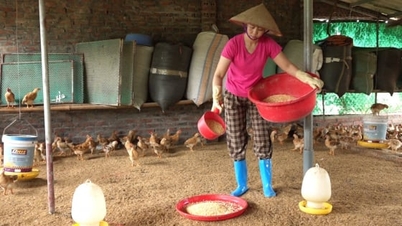
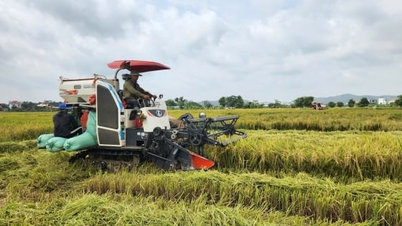
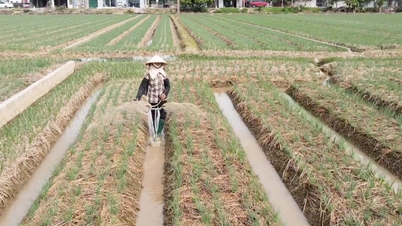
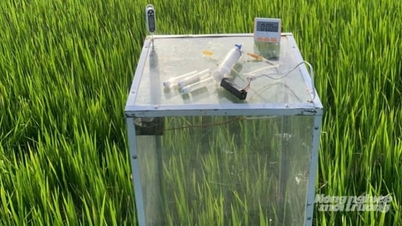










![[Photo] Parade to celebrate the 50th anniversary of Laos' National Day](/_next/image?url=https%3A%2F%2Fvphoto.vietnam.vn%2Fthumb%2F1200x675%2Fvietnam%2Fresource%2FIMAGE%2F2025%2F12%2F02%2F1764691918289_ndo_br_0-jpg.webp&w=3840&q=75)
![[Photo] Worshiping the Tuyet Son statue - a nearly 400-year-old treasure at Keo Pagoda](/_next/image?url=https%3A%2F%2Fvphoto.vietnam.vn%2Fthumb%2F1200x675%2Fvietnam%2Fresource%2FIMAGE%2F2025%2F12%2F02%2F1764679323086_ndo_br_tempimageomw0hi-4884-jpg.webp&w=3840&q=75)




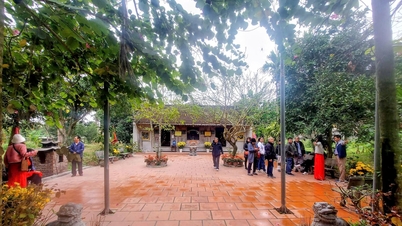















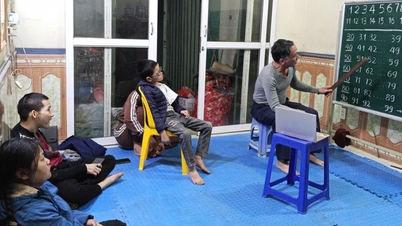



















































Comment (0)